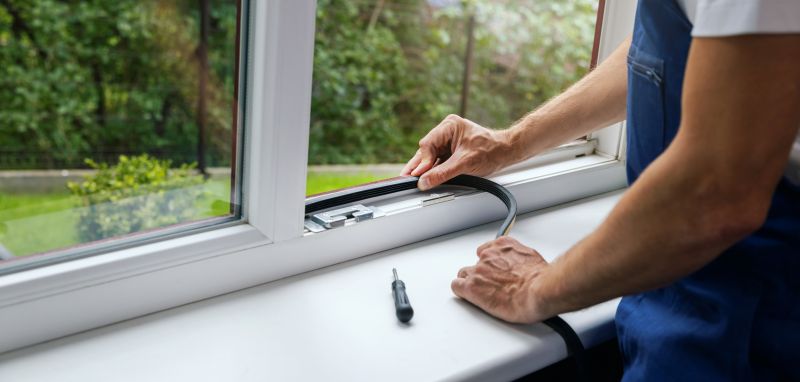Optimal Timing for Windows Installations
Choosing the right time for Windows installations can impact the process's success and efficiency. Factors such as system readiness, workload schedules, and environmental conditions influence the optimal timing. Planning installations during periods of low activity helps ensure minimal disruption and better resource availability.
Spring and fall often provide moderate temperatures and stable conditions, ideal for installations. Avoid extreme weather periods that could affect hardware or installation procedures.
Perform installations during scheduled maintenance windows or periods of low user activity to minimize downtime and interruptions.
Ensure hardware components are compatible and updated before installation, which is easier to plan during off-peak times.
Coordinate installations with software update schedules to ensure compatibility and security.

Proper planning and hardware checks are essential before starting Windows installations.

Optimal timing reduces system downtime and enhances success rates.

Scheduling post-installation testing ensures system stability and performance.

Ways to make Windows Installations work in tight or awkward layouts.

Popular materials for Windows Installations and why they hold up over time.

Simple add-ons that improve Windows Installations without blowing the budget.
| Timing Aspect | Best Practices |
|---|---|
| Season | Choose spring or fall for moderate weather conditions. |
| Workload | Schedule during low activity periods to minimize disruptions. |
| Environmental Conditions | Avoid extreme temperatures and humidity during installation. |
| Hardware Readiness | Ensure hardware is compatible and updated prior to installation. |
| Software Compatibility | Coordinate with software update schedules for seamless integration. |
| User Availability | Plan during times when system use is minimal. |
| Maintenance Windows | Utilize scheduled maintenance periods for planned installations. |
| Time of Day | Late evenings or weekends are preferable for minimizing impact. |
Windows installations are a critical component of maintaining system performance and security. Proper timing ensures minimal disruption to daily operations and allows for thorough testing and configuration. Statistics indicate that scheduling during off-peak hours can reduce installation-related downtime by up to 50 percent, leading to increased productivity and fewer technical issues.

Preparing hardware and software ensures smoother installation processes.

Executing during optimal times reduces system impact.

Verifying system stability post-installation is crucial.

Informing users about scheduled installations minimizes inconvenience.
Scheduling Windows installations thoughtfully can lead to more efficient updates and fewer technical complications. It is recommended to plan ahead, considering organizational workflows and environmental factors. Filling out the contact form can provide assistance in determining the most suitable timing for specific system requirements.
